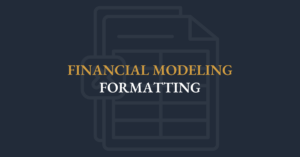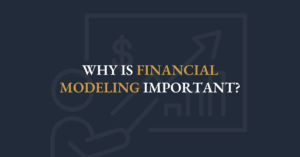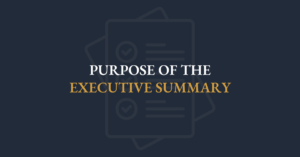
1. Model Planning Best Practices
Before building a financial model, it is critical to have an effective plan. This helps to ensure that the scope, design, structure, level of detail, and flow are optimal.
The following best practices for model planning will help construct robust financial models, facilitating informed decision-making and driving superior outcomes.
1. Review historical financial statements
Read the management discussion and analysis, and the notes to the financial statements.
2. Learn about the industry
Read industry journals and equity research reports.
3. Understand the purpose of the model
Ensure that the output calculations allow the model users to make the required decisions.
4. Determine the key drivers
Key drivers are the most critical variables that will determine the success or failure of the company.
5. Make a list of assumptions
This is usually a comprehensive list of every assumption needed to build the model.
6. Identify the required schedules and components
Plan the order and flow of every section in the model such as revenues, costs, and working capital.
With this planning blueprint in place, the next priority is to build formulas on supporting schedules—keeping statements clean and calculations traceable.
2. Questions to Ask During Planning
It’s important for the model builder to address critical inquiries that lay the groundwork for an exceptional model.
These questions help to identify key information for model building. When a financial modeler is able to consider these issues, it allows the decision makers to make data-driven decisions.
During the financial model building process, the model builder should be able to answer these 9 questions:
- Can a reader of the model understand the operations of the company?
- Have the assumptions been challenged and vetted?
- Which assumptions are key drivers to be tested as scenarios?
- Is there enough historical detail to validate the required amount of forecast detail?
- What is the important output that the users want to know?
- What metric is used to measure results?
- How many time periods should be included in the forecast? Why?
- What’s the appropriate periodicity for the model (e.g. monthly, quarterly, annual)?
- What is the most logical order to present the data?
















